Types, Mode of Occurrence of Minerals | Geography - Mineral Resources | 12th Geography : Chapter 3 : Resources
Chapter: 12th Geography : Chapter 3 : Resources
Mineral Resources
Mineral Resources
A homogeneous, naturally occurring substance
which has a definite chemical composition is called a mineral. They can be identified
by their physical properties and chemical components. Minerals exist in different
types based on their formation. Almost everything we use, from a tiny particle to
a huge building or a big ship all, is made up of minerals. Minerals are one of the
most valuable resources of the earth. All the stages of human development or progress
have been named after them. For example, stone age, copper age, bronze age and Iron
Age.
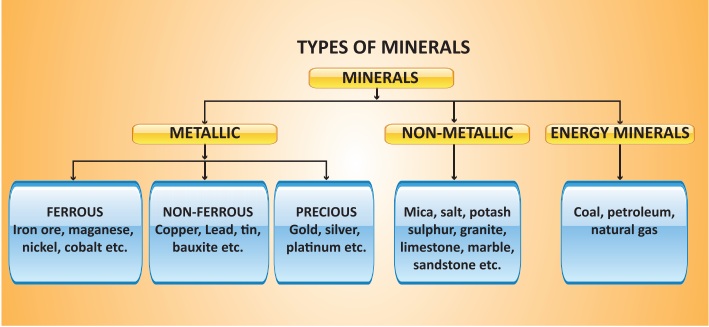
They are exhaustible or non renewable.
Besides, they are distributed very unevenly. They are generally found in the form
of ores. The ore contains several impurities. Minerals are separated from the ores
involving a number of distinct processes.
A country’s economic development is depending on the minerals. There are several types of minerals, but according to their characteristics and commercial use they are classified as shown in above chart.
Mode of Occurrence of Minerals
Minerals are generally found in ‘Ores’.
It is actually an accumulation of any mineral mixed with other elements. Minerals
generally occur in many forms. They are
1.
Veins and lodes
Minerals generally occur in the cracks,
crevices, faults and joints of the igneous and metamorphic rocks. Minerals in smaller
occurrence are called a ‘Vein’ and a larger occurrence is called a ‘lode, for example,
Copper and Gold are found in lodes and veins.
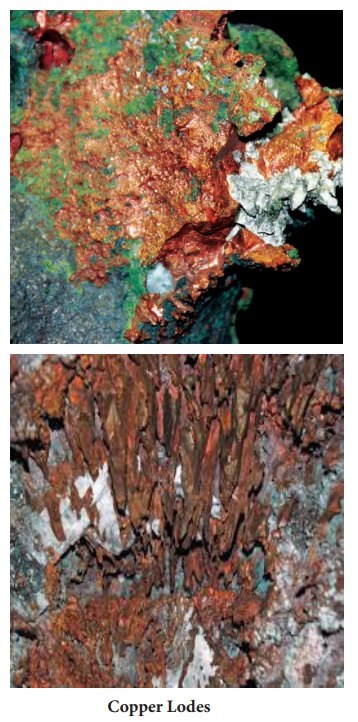
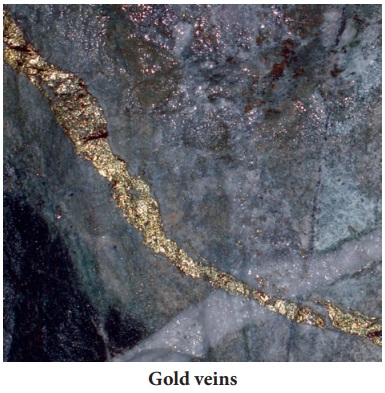
2.
Beds or Layers
Minerals that are formed as a result
of deposition, accumulation and concentration generally occur in horizontal layers.
E.g. Coal, Potash, etc.
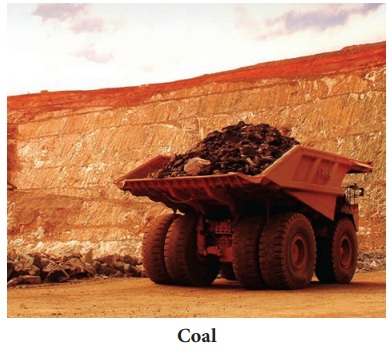
Residual
mass of weathered particles When
the decomposed rocks are washed away by water, the soluble particles are removed,
leaving a mass containing ores. Such occurrences are called residual mass. E.g. Bauxite
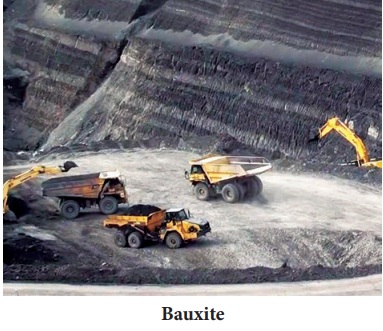
3.
Alluvial deposits
These are the deposits found in the sands
of valley floor and at the foot hills. These deposits consist of the minerals such
as Gold, Silver and Platinum.
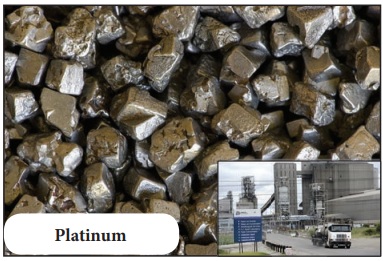
Related Topics